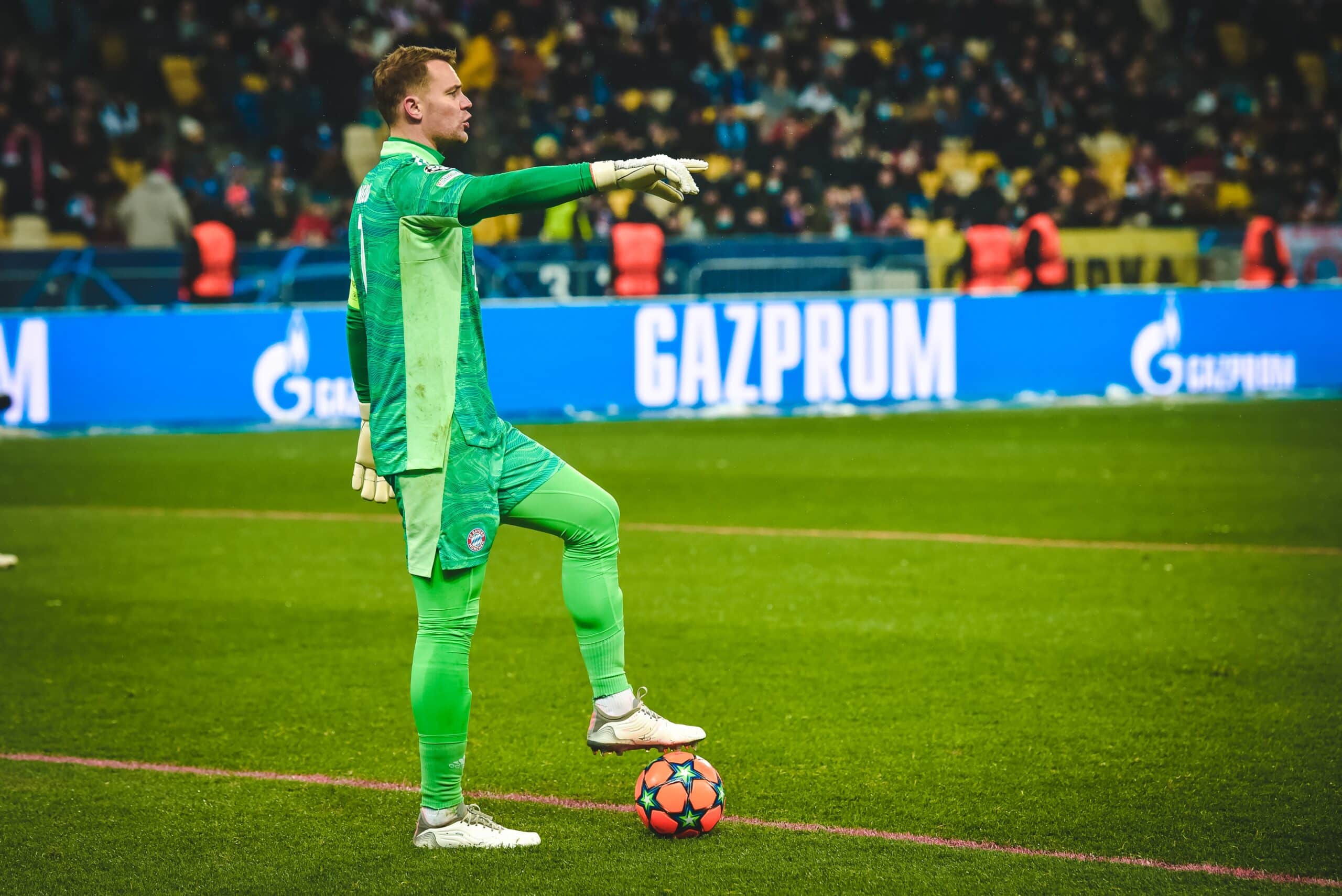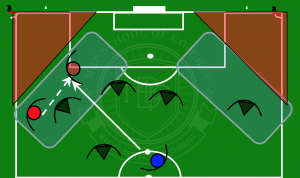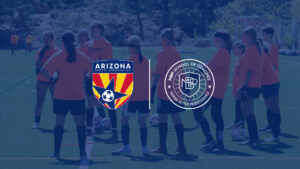At the MBP School of Coaches, we understand the goal kick as the static build-up in the attacking phase. On the other hand, in the defensive phase, the team’s pressure on the opponent’s goal kicks is called static build-up defence.
In this week’s blog, we will delve into the objectives that a team can have during this period of attacking play. These will depend on the type of structural organisation adopted, which can be open or closed.
Objectives of the Goal Kick: Open Structure
In this section, we will analyse the objectives related to the open structure of the team. It is important to differentiate them according to how the team wants to build-up with the ball and the level of risk they are willing to take in these situations.
Build-Up Short: When the team prioritises short play, most passes are directed to players in the intervention or intermediate zone (5-15 metres away).
Attract to Play to the 2nd Line: In this case, the aim is to build-up short, by means of passes to the centre backs or players close to them, so that the opponent can advance and then take advantage of the free spaces behind the opponent’s midfield line or other sectors.
Build-Up Long: In these situations, the team tries to look for players higher up. This is done when you have a qualitative superiority up front, i.e. advantage in a 1vs1.
Objectives of the Goal Kick: Closed Structure
When the team decides to compact itself at an organisational level and to bring players together, it is probably to minimise risks in the build-up of the play. Most of the time, the goalkeeper will look for a long ball with the objective of winning the first and second ball to start the play from these actions. However, there are also other objectives which we describe below.
Compact the Players: This is the most common situation. The team in attack and defence come together to win the duel and the second ball. In these cases, the attackers must try to prevent the ball being cleared by the opponents and returning it back.
Give Width: Sometimes teams release players wide, keeping the team compact in the area where the ball is supposed to be sent. However, they often play directly with the player positioned wide.
In summary, the goal kick in the attacking phase offers various strategies and objectives that must be adapted to the structure and philosophy of the team, always with the intention of maximising possession and minimising the risk of losing the ball.
Do you Want to Become a Set Piece Expert?
This course will allow you to increase your knowledge of all the Set Piece Actions that exist in football. You will do it through a story that will put you in the shoes of a professional coach, where you will have to overcome all kinds of situations and challenges during the process. In addition, you will be able to discover all the details of these actions and have access to real statistics to give greater value and importance to the content presented in the course. We will analyse the actions in both attack and defence, so that you can identify all the patterns, advantages and disadvantages of both your own and your opponent’s Set Pieces.
The aim is to give you all the possible tools to optimise your own team’s performance on the pitch. To do this, you will also learn about the methodological part, i.e. how to prepare SP training tasks to train them out on the pitch.
Finally, you will understand how to manage the most advanced technological analysis tools and learn how to use one of them to collect information, order it and interpret it according to methodological patterns and face the competition with a professional analysis of your own team and the opponent. All of this will be done autonomously but also by sharing your learning with the community and the MBP tutors.
Click here to find out more information








